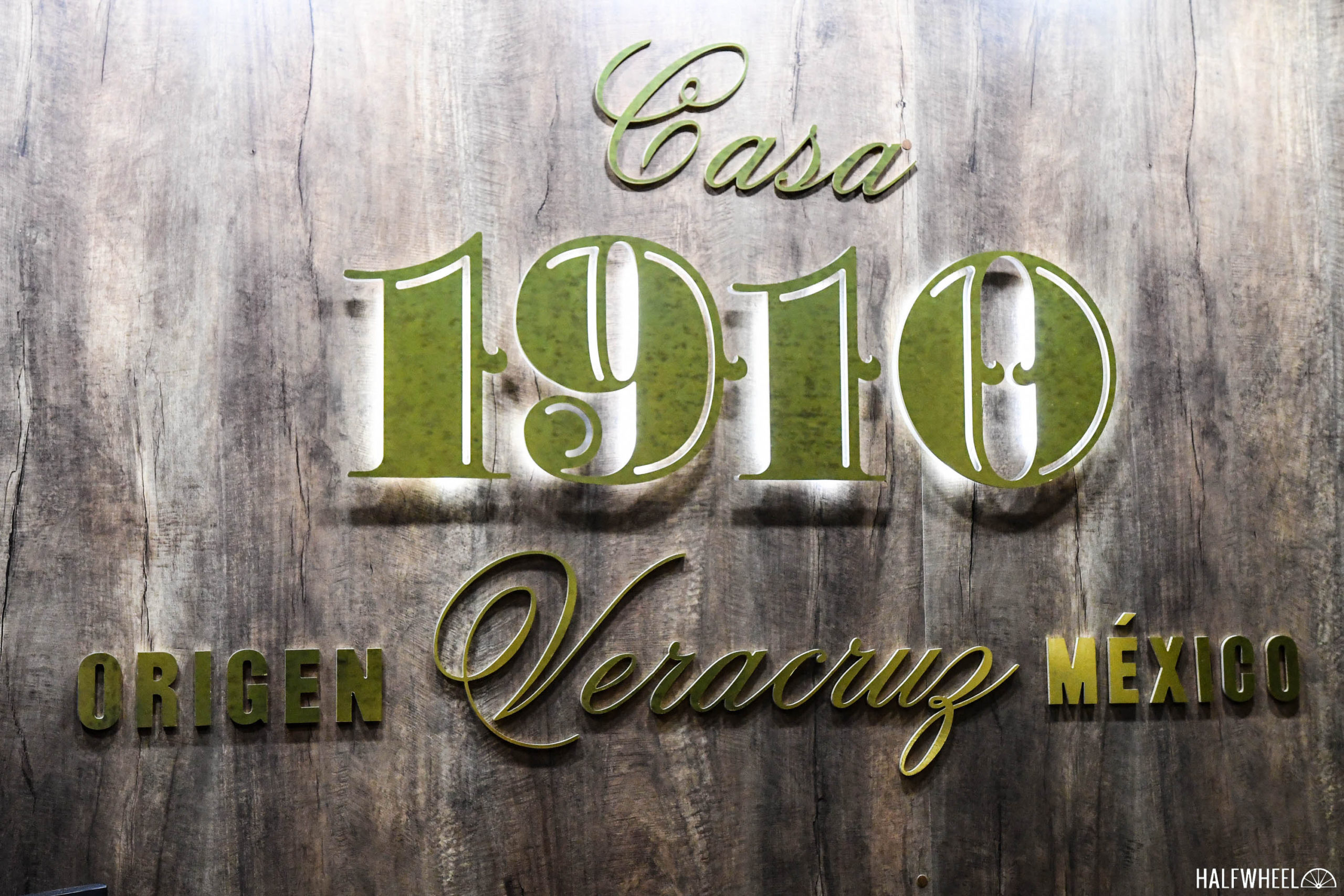When Casa 1910 made its PCA Convention & Trade Show debut in 2021, it did so with just one cigar, the Cuchillo Parado, a Mexican puro in a robusto vitola. For its second appearance, the company is expanding its portfolio with four new cigars, one a sibling to the Cuchillo Parado and the other three part of a new line for the company.

The Cuchillo Parado is now part of a collection called the Revolutionary Edition, with Casa 1910 adding a 6 x 54 toro vitola called Tierra Blanca. This new cigar is still a Mexican puro, but it gets a Mexican San Andrés negro wrapper that has been aged for five years, which is different from the three-year-aged Mexican Sumatra wrapper that the Cuchillo Parado uses. Both of the cigars use Mexican San Andrés negro tobaccos that have been aged for five years for the binder and filler, with the Tierra Blanca described as medium to full strength while the Cuchillo Parado is closer to medium.
The Tierra Blanca is priced at $16.49 per cigar and offered in 10-count boxes. The cigar gets its name from an important battle of the Mexican Revolution waged by Pancho Villa, that was a major victory for the revolutionaries over federal forces.
Casa 1910 is also adding a new line called the Cavalry Edition, which pays tribute to the horses and their riders who fought in the Mexican Revolution. The company explained that because Mexican horses are the result of a mixture of breeds, the company is introducing a mixture of tobaccos from different countries that it describes as being “as vigorous as the horses that carried the revolutionaries to victory.”

It is available in three sizes:
- Casa 1910 Lucero (6 x 54) — $17.49 (Box of 10, $174.90)
- Casa 1910 As de Oro (6 x 54) — $16.89 (Box of 10, $168.90)
- Casa 1910 Jilguero (6 x 60) — $17.89 (Box of 10, $178.90)
The Lucero and As de Oro both measure 6 x 54, with the former a torpedo and the latter a toro. Both use an Ecuadorian habano wrapper, a Mexican San Andrés negro binder and Nicaraguan fillers, specifically seco and viso from Jalapa, viso from Ometepe, and ligero from Estelí.
The Jilguero, meanwhile, uses a Mexican San Andrés maduro wrapper, a binder from Estelí, with the filler made up of seco and viso from Jalapa along with ligero from Estelí.
All three blends are described as medium to full bodied, and are named for famous horses. As de Oro, or gold ace, belonged to Emiliano Zapata, a leading figure of the Mexican Revolution, and was the horse he rode in his final battles. Lucero gets its name from a mare named Siete Leguas, a horse that belonged to Pancho Villa and which was known for a white spot between her eyes known as a lucero. Jilguero was another of Pancho Villa’s horses, a dark stallion known being capable of hauling heavy loads thanks to its strength and vigor.
The new releases from Casa 1910 are scheduled to ship to retailers during the second week of August, and as with the Cuchillo Parado, the company does not disclose the factory where its cigars are produced. However, the Cavalry Edition is made in Nicaragua, while the Revolutionary Edition is produced in Mexico.



